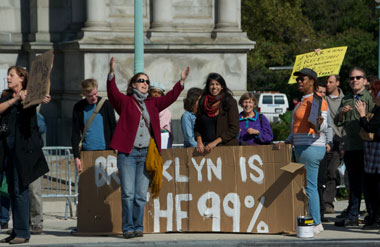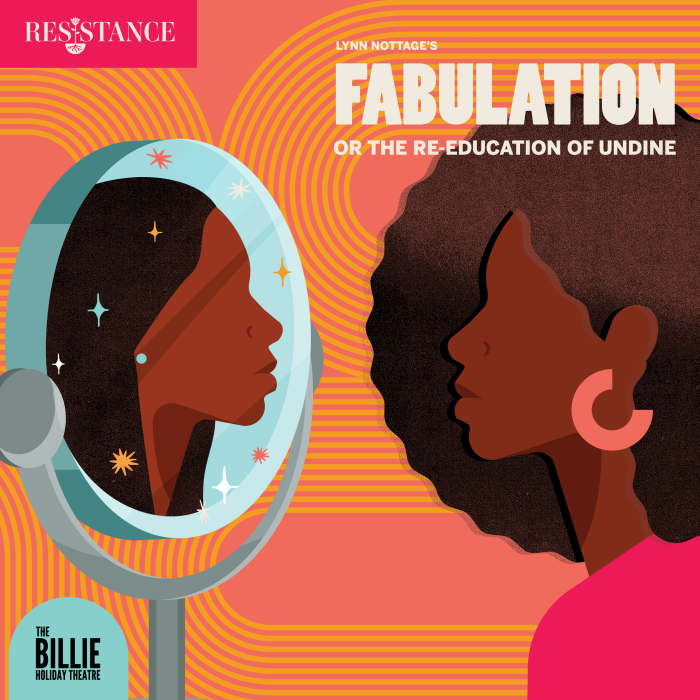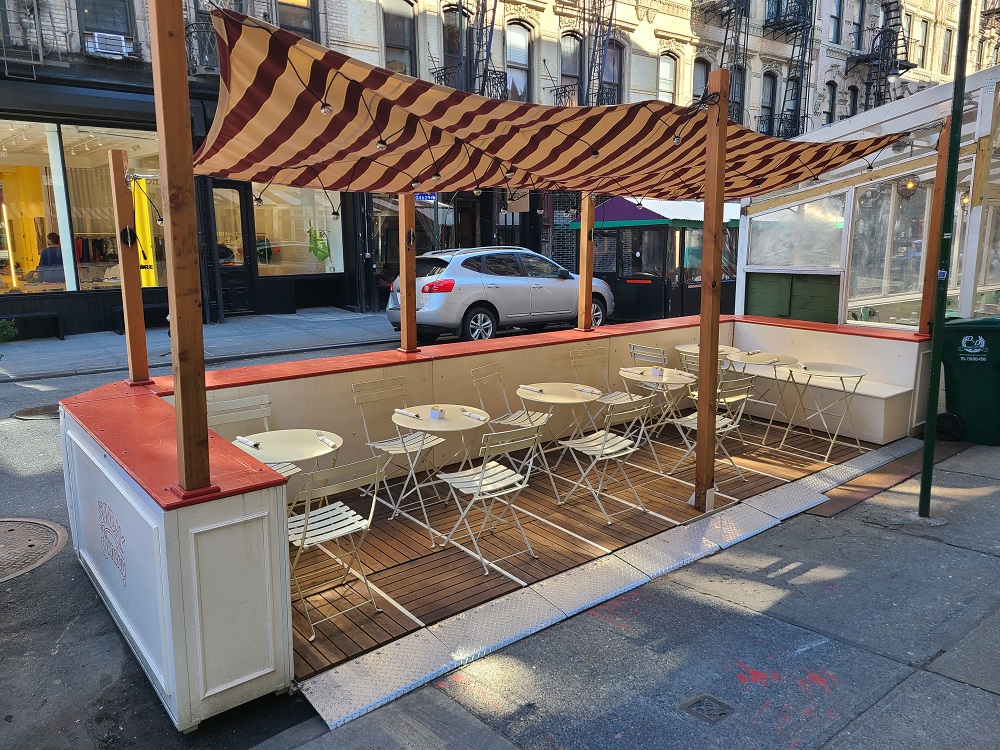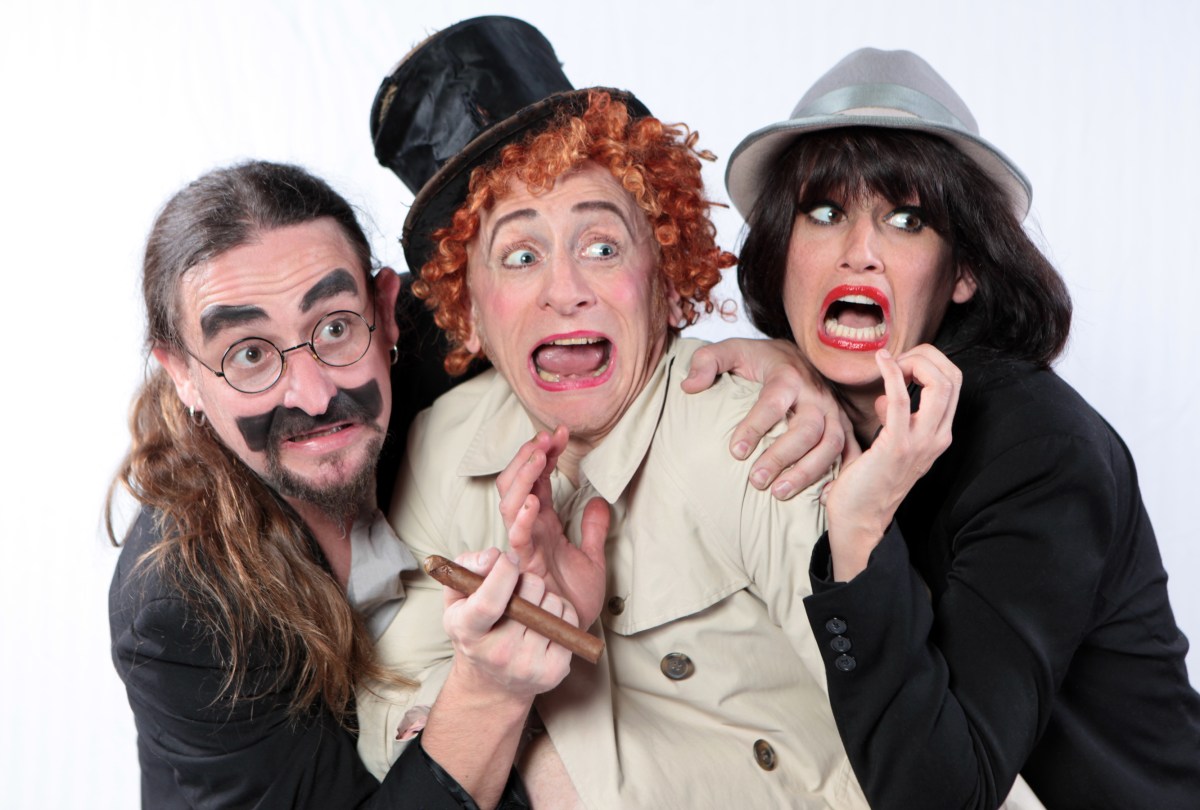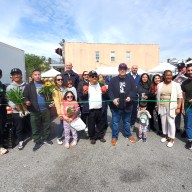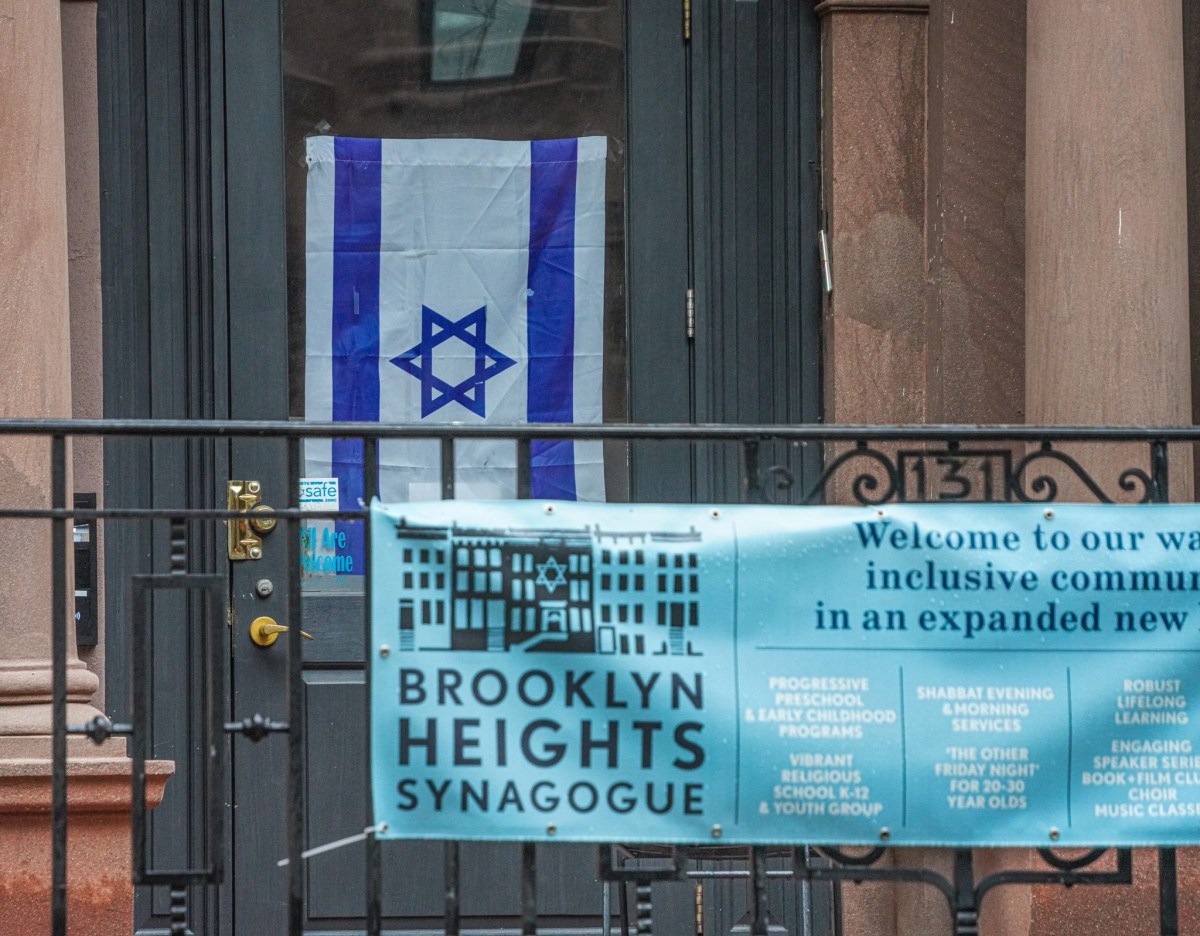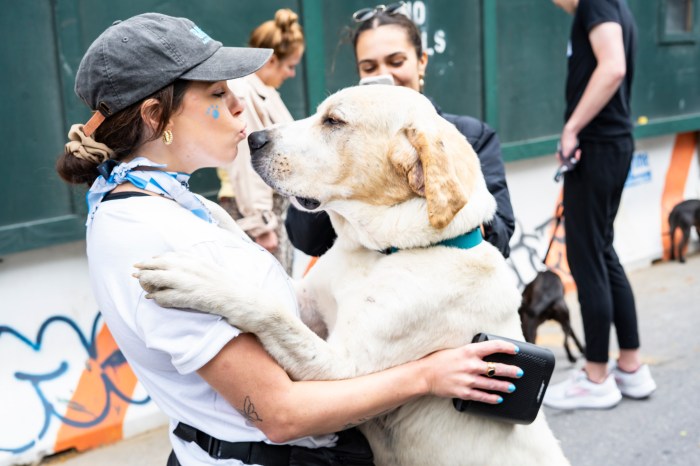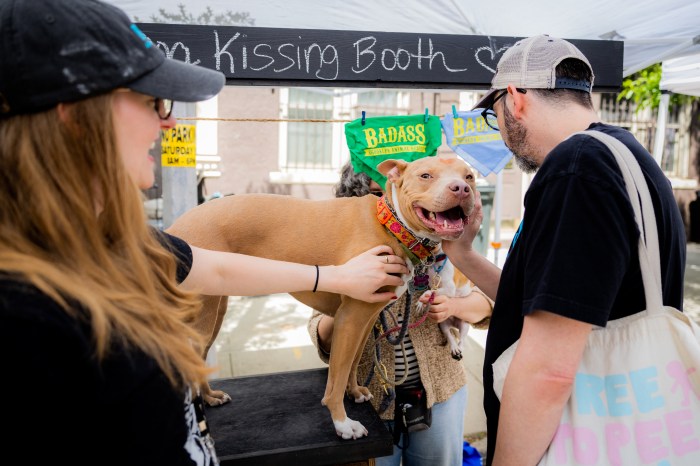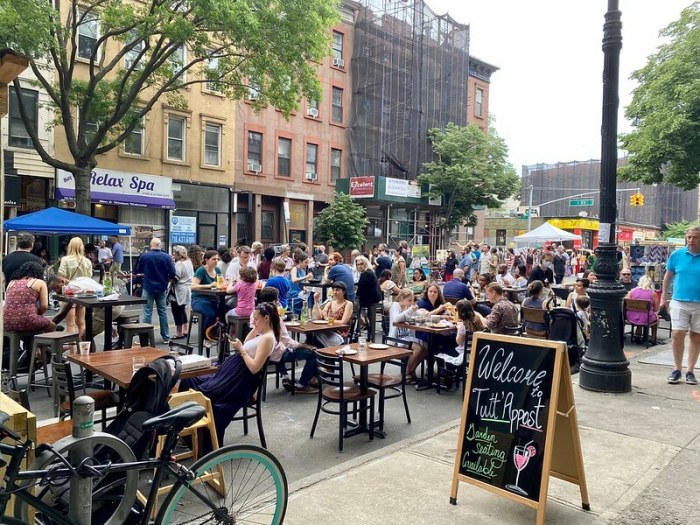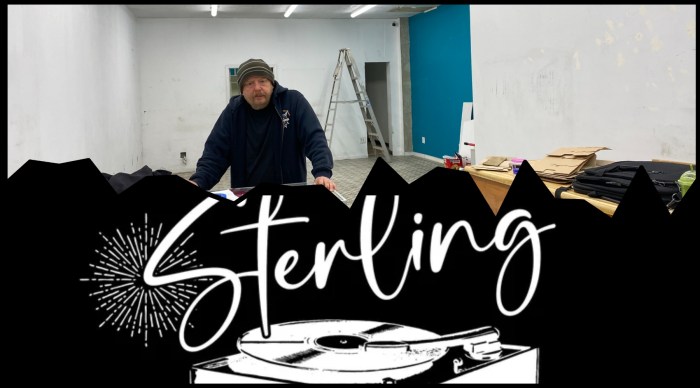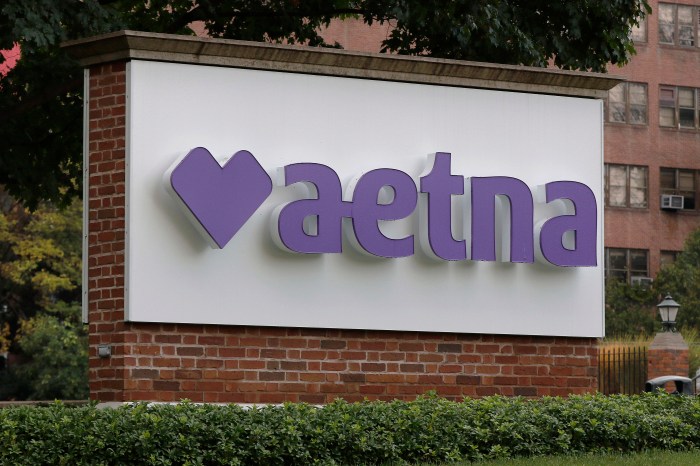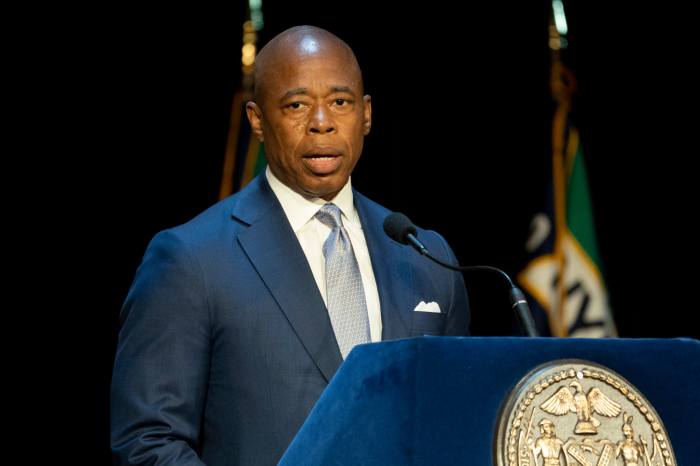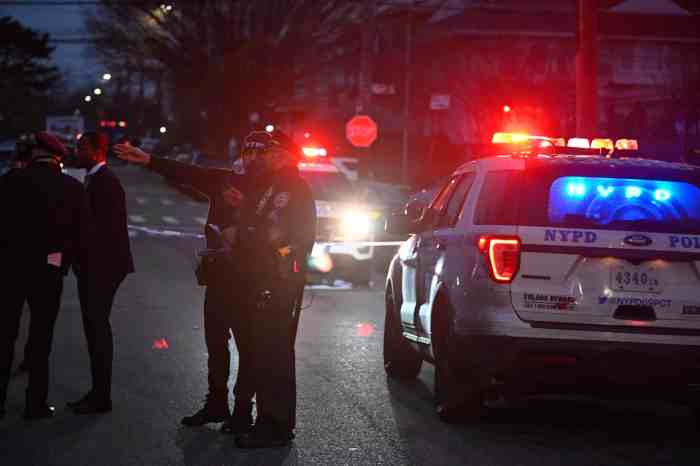More than 100 people — including the borough’s top elected official in a quietly supportive role — ushered Brooklyn into the Occupy Wall Street movement with a three-hour rally for economic justice on Saturday in Grand Army Plaza.
Dozens of cops were on hand, but the protest was entirely peaceful.
There were signs, there were props and there were speeches — all urging America to wake up to the nation’s growing economic disparity, the government’s too-close connections with banks, and a tax structure that favors the wealthy.
“Why join Occupy Wall Street?” one speaker asked rhetorically. “Because income disparity in the United States is worse than Iran and India.”
Nearby, a protester surrounded by police held a sign reading, “S—t is f—ked and I’m not LOL-ing anymore.” Another toted a huge “Occu-pus,” whose tentacles represented corporate America’s supposed hold on the political system.
“It just hit me that we needed to represent the problem so there’d be something directly to boo at,” said Kate Hibbard, one of the Occu-pus’s architects.
Borough President Markowitz mingled with the crowd — albeit also with the police — to offer qualified support for the larger point of the protesters, who were confined to the sidewalk just south of the fabled archway.
“They have a message which I agree with in many ways,” he said. “The disparity in income growth in this country is not a positive thing for the future of America — and it’s a great concern.”
Markowitz and the protesters echoed a growing body of evidence that the income gap is widening to historic levels. Since the mid-1980s, the chasm has widened by 20 percent, more than in most developed countries.
The richest one percent of Americans now take home almost 24 percent of the nation’s income, up from almost nine percent in 1976.
Many economists believe that growing income inequality prolongs recessions and makes recoveries much shallower — creating a cycle of economic downturn.
Markowitz is one of the highest-profile politicians to embrace the message — despite the fact that it has been criticized by media commentators as purposeless and mocked by the right wing as naive.
“I’m hoping that it will raise the consciousness of those who are scared away, particularly the working class, the union members, and all the working people that are supporting the Tea party,” he said.
Markowitz’s presence was a good sign, said one of the organizers.
“It’s a sign that the movement’s gaining steam and that it’s not going to be ignored,” said Brian Merchant. “It shows that Occupy Brooklyn is something that politicians don’t want to ignore any more.”
The NYPD certainly did not ignore the rally, though given the large number of officers on hand, it is likely that the police expected more people or anticipated violence.
Or maybe the NYPD was sending a message of its own, some protesters said.
“They sent out an excessive police force for a nonviolent protest,” said Michael Sternfeld, an organizer. “It’s for intimidation.”



